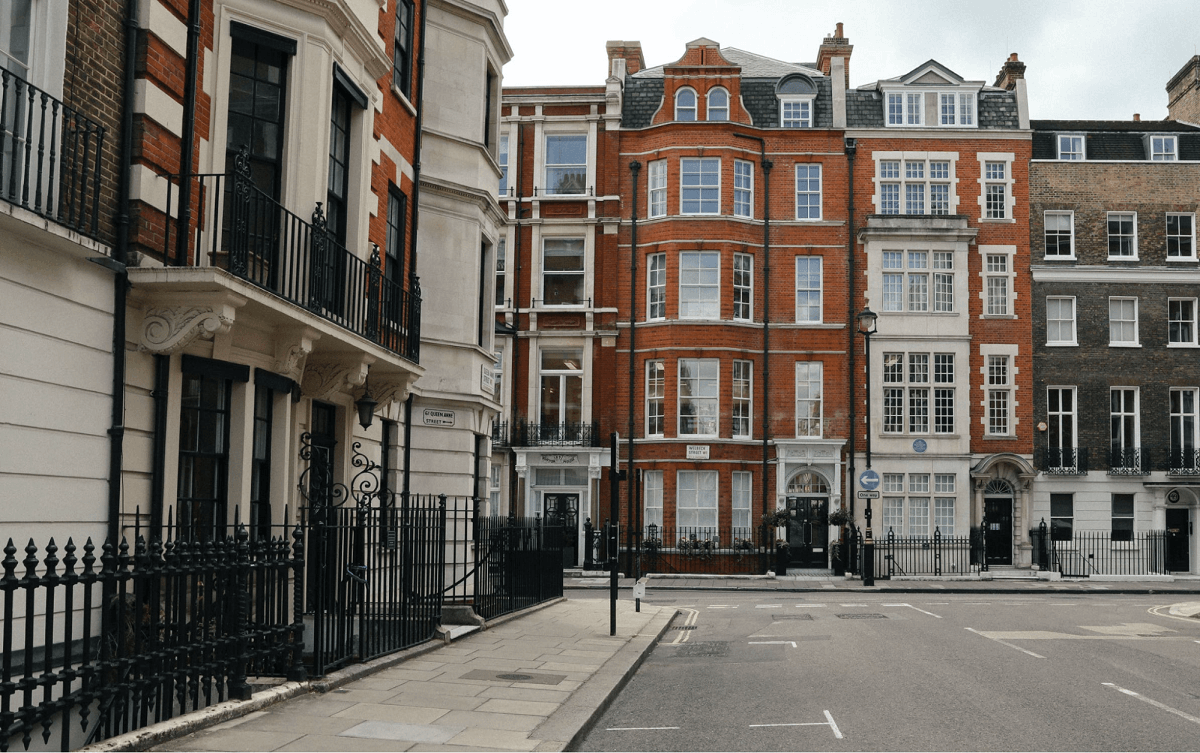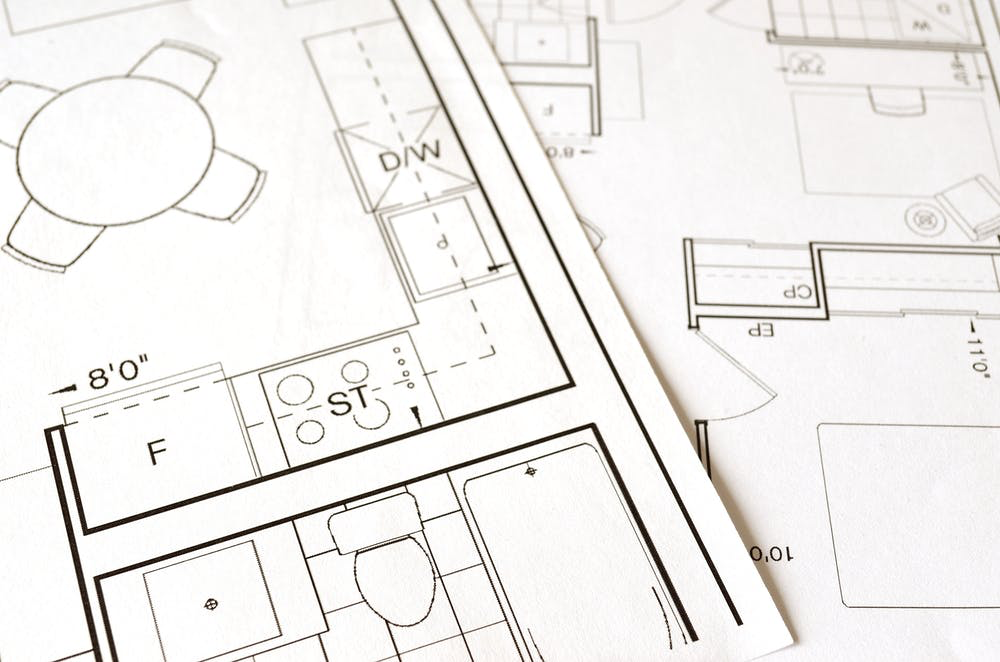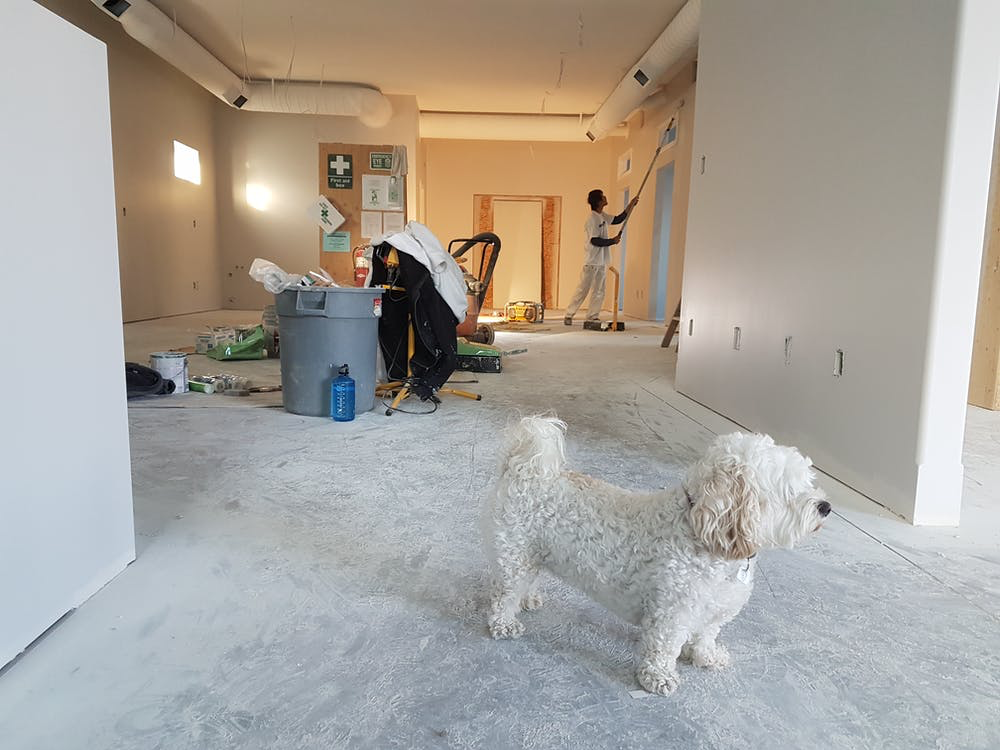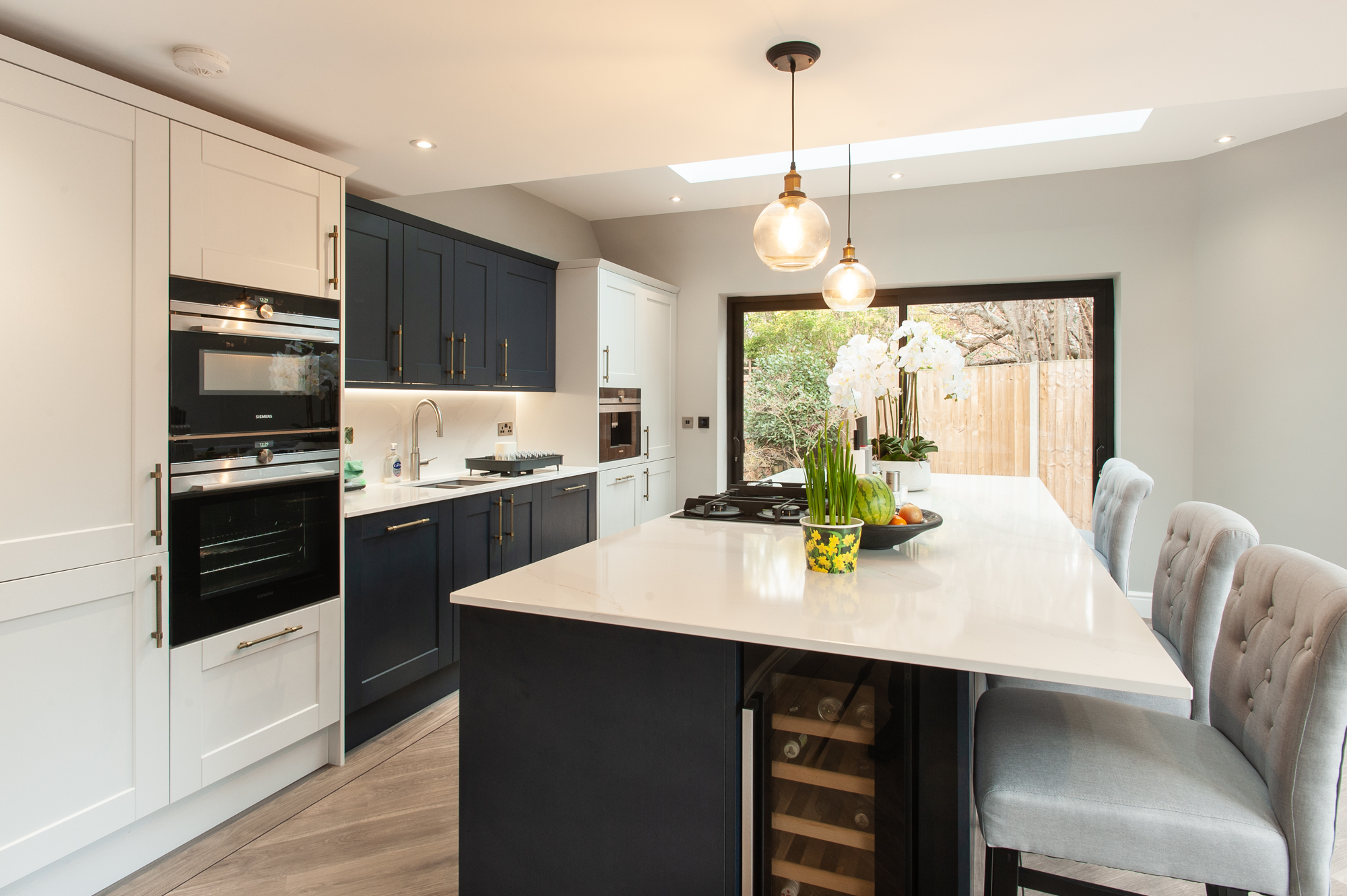Building an extension on the original house can attract some legal problems if it is not constructed under the permitted development rules. It majorly happens when your extension includes an area of outstanding natural beauty, a detached house or other complications which we will talk about in detail. But there are ways to avoid it by taking particular decisions to strategize your planning application.
Therefore, here are some major questions you should be asking yourself if you plan to build an extension in your original house in the form of conservation areas, roof pitch, rear wall, single storey rear extension or detached house in the area of outstanding natural beauty.
1) Do you need planning permission for a house extension?

People generally tend to think that every additional extension requires to be approved and without further ado they swiftly apply for planning permission.
There are several parts with subclasses within for every type of extension, hence this typically unavoidable part of the process is crucial to understand for you to decide what is best for your house.
In many small scale extensions, building work can be completed without planning permission, which is known as permitted development. This can save your twelve-week waiting period for the permission and hundreds of pounds on the application fees.
For instance, up to four metres of single-storey rear extension does not require any permission under the permitted development rules provided by the Ministry of Housing, Communities & Local Government on their official website.
The technical guidance available to all also concludes that you need planning permission if:
- You live in a flat or maisonettes as these structures don’t have PD (Permitted Development) rights
- You live in a listed building (which is a property with special architectural or historical interest to the local area and placed on the National Heritage List for England; NHLE) as your PD rights will be limited
- You live in a conservation area, national park or area of outstanding natural beauty with restricted PD rights
For other subjective extensions, one can check out the technical guidance manual provided on the government website or consult an expert for a smoother and quicker process.
With Good Design & Build, the planning permission is something the client does not have to worry about as this service is covered in our one-stop service.
2) What type of house extension requires planning permission?

With subjective conditions, every house demands different sets of rules as their structure varies. But there is some leniency with every form where you can expand without permission.
Terraced and Semi-detached house: Any extension more than 4 metres in height and 3 metres in length will need planning permission. The waiting period for that might vary between 8-12 weeks depending on the project.
Nonetheless, according to the neighbour consultation scheme, homeowners can extend terraced or semi-detached property as far as 6 metres if the affected household approves. The neighbours will have a 21-day window to object, followed by another 21-day window for the local authorities to disagree with the plan.
Detached house: The conditions here remain the same as above for an individual household but it has an extra two metres added, making it a maximum of 8 metres extension through the Neighbour Consultation Scheme as there is no immediate surrounding to it.
Rural house: In this case, your extension has to be a single-storey and not made of any non-porous material. Anything below 4 metres of height comes under permitted development.
Listed house: If you enjoy your life in any listed heritage site, you will need a planning permission for the smallest of plans. With such beauty, comes more responsibility to maintain it.
3) Can there be a permitted development alternative to your problem?

Under the permitted development rules provided by the Ministry of Housing, Communities & Local Government on the government website, few things that do not require any permission are as follows:
- Any single-storey rear extension less than 4 metres tall and 3 metres long.
- Any inside extension that does not exceed the highest point of the roof pitch.
- Extensions that do not include verandas, balconies or raised platforms.
- Garage, shed, greenhouse or other similar structure as long as it’s not more than 4 metre tall.
There are many other possible extensions that can solve your situation without asking for planning permission. It always saves time, money and a lot of effort.
4) Have you considered the building regulations?

The Building regulations of 2010 of the government portal explain the set standards for the design, construction and extension of buildings to ensure the safety and health in the surroundings.
Usage of land and building in terms of fuel and power consumption are to be inspected carefully. Special needs should be completed for those with disabilities and landscape considerations, appearance of building and environmental impact should be read and implemented before submitting the planning application.
The set of rules and regulations are available on www.gov.uk.
5) How do you obtain planning permission?

Since the purpose of planning permission is to condemn any inappropriate and unsettling development within a society or specific area, its process is detailed and slow. One has to follow the discussed steps to get building approval:
- Contact your Local Planning Authority (LPA): It is recommended to discuss your plan before you apply for permission, paying heavy fees, as that can help you get a better idea of whether it will be accepted or not.
- Fill in the Planning Application with your Council: Make the necessary change after discussing with LPA and fill out the permission form using the online portal (this will save two more weeks as the council will receive your application immediately).
Supporting documents are uploaded with the application form. This includes the location plan, site plan, ownership certificate, agricultural holdings certificate and the application fee.
Your application will not be valid until the full payment is done and thereafter you can see a rough quotation of the potential fee of your building project. - LPA’s assessment and decision: After submission, your local authority will assess the application considering other living conditions. An approval will be delivered smoothly while any disapproval will ask you to not proceed and might give out an enforcement notice otherwise.
To follow this step-wise process or get it done from professionals or have it for free from our one-stop service, the ball is in your court.




